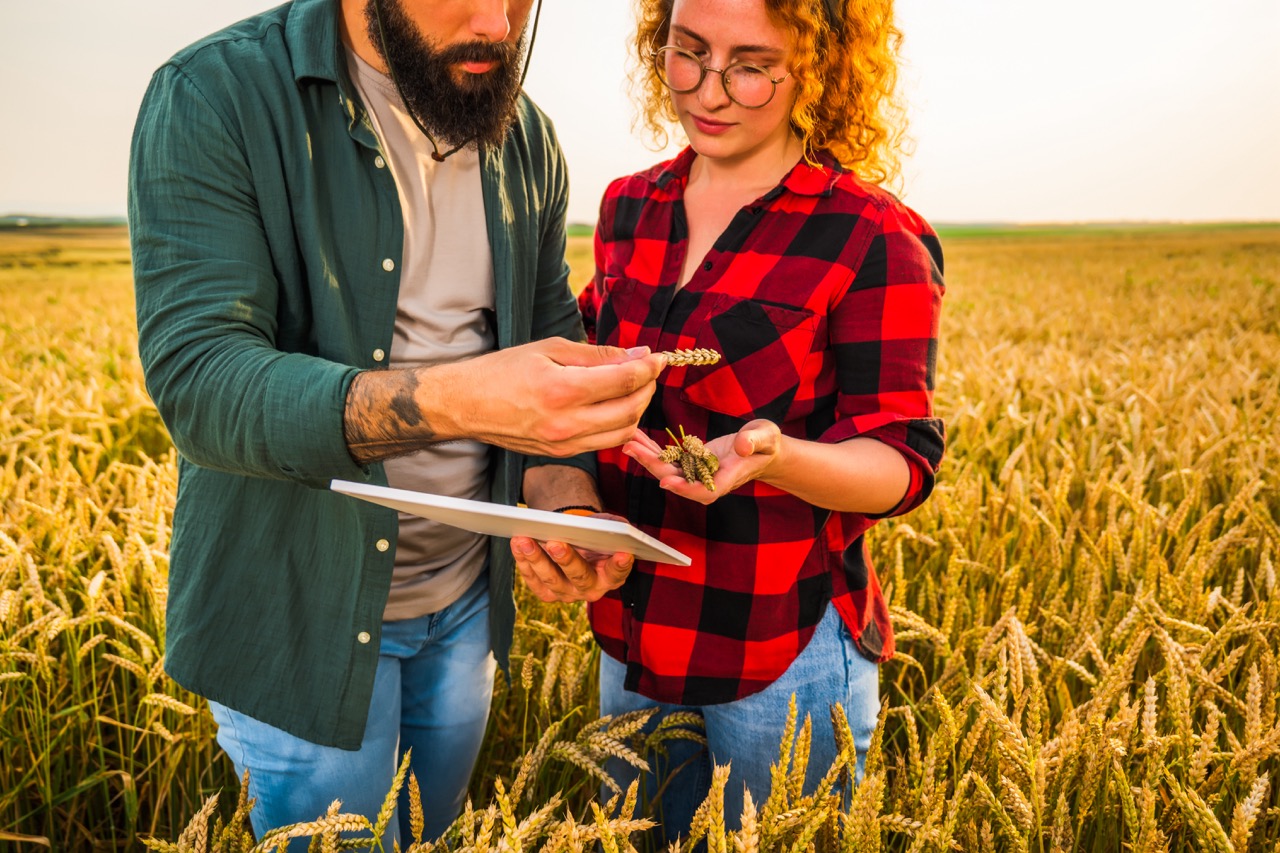In an era where consumers are becoming increasingly conscious of where their food comes from, local farms have a unique opportunity to attract customers through strategic marketing and community engagement. By understanding their target audience, leveraging social media, creating engaging events, and building partnerships with nearby businesses, local farms can establish a loyal customer base while promoting sustainable practices. This article delves into effective strategies for local farm businesses to attract and retain customers in their communities.
Understanding Your Target Audience in Local Farming
Understanding your target audience is crucial for any business, but it holds particular significance in the local farming sector. The clientele that frequents local farms often consists of health-conscious consumers, families seeking fresh produce, and individuals dedicated to supporting sustainable agriculture. By conducting surveys, engaging with customers through social media, and analyzing purchasing patterns, farm owners can gain valuable insights into the preferences and values of their target demographic.
Once a farm has a clear picture of its audience, tailoring products and marketing strategies becomes easier. For instance, if a farm identifies a strong interest in organic produce among local consumers, it can prioritize organic farming practices and highlight this commitment in promotional materials. Additionally, understanding the demographics, such as age and income levels, can help farms decide what products to offer and how to market them effectively.
Finally, segmenting the target audience allows local farms to create more personalized marketing efforts. By recognizing the diverse interests within their clientele, such as families interested in educational farm tours or culinary enthusiasts seeking unique flavors, farms can develop targeted campaigns that resonate with specific groups. This targeted approach can enhance customer engagement and loyalty, ultimately leading to increased sales.
Leveraging Social Media to Boost Local Farm Visibility
In today’s digital age, social media has emerged as a powerful tool for local farms to enhance visibility and connect with their audience. Platforms like Instagram, Facebook, and Twitter allow farms to showcase their products, share behind-the-scenes content, and engage with customers in real-time. By posting high-quality images of produce, farm activities, and seasonal offerings, farms can create an attractive online presence that draws in potential customers.
Engaging with the local community through social media goes beyond mere promotion. Farms can utilize these platforms to share stories about their farming practices, sustainability efforts, and the journey of their products from field to table. By humanizing the brand and providing transparency, farms can build trust and foster a sense of community among their followers. Regular interaction, such as responding to comments and hosting live Q&A sessions, further strengthens this relationship.
Additionally, farms can use social media for targeted advertising to reach a broader audience. Utilizing demographic data and interest-based targeting features, farms can create ads that cater to local consumers interested in organic, sustainable, or locally sourced food. This targeted approach not only increases visibility but also drives traffic to the farm’s website or physical location, ultimately attracting more customers.
Creating Engaging Events to Draw Customers In
Hosting engaging events is an excellent way for local farms to attract customers and build a loyal community. Seasonal festivals, farm tours, and workshops can draw visitors to the farm and create memorable experiences that encourage repeat business. These events also offer an opportunity for customers to interact with the farm’s offerings firsthand, deepening their connection to the brand and understanding of sustainable farming practices.
Moreover, themed events, such as harvest festivals or cooking demonstrations, can appeal to a broad audience. By incorporating activities for children, live music, or local food tastings, farms can create a family-friendly atmosphere that appeals to various age groups. Events can also highlight partnerships with local chefs, artisans, and musicians, further enriching the experience and fostering a sense of community.
Promoting these events through social media, local newspapers, and community bulletins can maximize reach and attendance. Collaborating with local influencers or community groups can also amplify the event’s visibility, ensuring that the farm’s name is well-known in the area. By making the farm a gathering place for the community, owners can create lasting relationships with customers who see the farm as a valued part of their local landscape.
Building Partnerships with Local Businesses for Growth
Collaborating with local businesses can be a significant growth strategy for local farms. By forming partnerships with nearby restaurants, grocery stores, and farmers’ markets, farms can expand their reach and increase sales. These collaborations can take various forms, such as supplying fresh produce to local eateries or participating in community farmers’ markets. Each partnership not only diversifies income streams but also enhances the farm’s visibility within the community.
Local businesses benefit from partnering with farms, as they can promote locally sourced ingredients to their customers, which is increasingly becoming a selling point for many establishments. This collaboration can take the form of joint promotions, such as special menu items featuring farm-fresh produce, which can attract new customers to both the restaurant and the farm. Such partnerships create a win-win situation, driving traffic and sales for both parties involved.
Additionally, forming alliances with local organizations, such as schools or community groups, can provide further opportunities for farms to engage with their community. Educational programs, farm-to-school initiatives, or sponsorship of local events can position the farm as a community leader and advocate for sustainable agriculture. Through these partnerships, local farms not only grow their business but also contribute to the local economy and environment, creating a ripple effect of positive impact.
Attracting customers to a local farm business requires a multifaceted approach that encompasses understanding the audience, utilizing digital tools, creating engaging experiences, and forming strong community ties. By implementing these strategies, farm owners can not only enhance their visibility but also cultivate a loyal customer base that values local, sustainable agriculture. As the demand for locally sourced products continues to rise, embracing these techniques will be essential for local farms to thrive in an increasingly competitive landscape.










